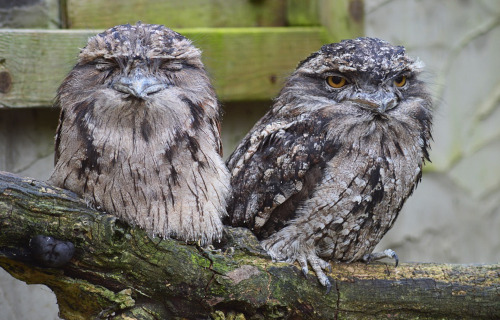
We hope that each of you, our readers, will enjoy and fully appreciate this article we present to you about these 3 Bewildering Birds of Australia. It was certainly our great pleasure to compile the various information for you. May it provide you with both education and increased awareness.
Obviously, these few species listed herein represent only a miniscule portion of the natural wonders found throughout the region, though. Yet, it’s our belief that they serve as excellent representations of the wonders found here. Check out some of our many other articles for similar marvels.
Emu
Emu Facts
- Leading off this article about these 3 Bewildering Birds of Australia we present you with the remarkable creature known simply as the Emu.
- The most frequently used, and simple, term for this extraordinary product of Nature and evolution is that of the one used here. For the moment, this amazing avian has no other broadly accepted general title. Though that’s certainly not unknown, it’s unusual.
- Those within the scientific community, however, typically employ a far different name for the reamarkable creature. That tag, though, is somewhat difficult for the layperson to pronounce. That’s because this avian holds the technical moniker Dromaius novaehollandiae.
- The enormous bird received that specific designation due to the efforts of John Latham. The highly respected English naturalist accomplished the first recognition of the animal as a separate and distinct species. He achieved that scientifically noteworthy deed in the year 1790.
- This fabulous species actually holds several claims to fame. This holds true, in part, due to the fact that the natural wonder represents the second-tallest of all known extant birds. It’s also the largest bird native to its region of the earth, and the only surviving member of its Genus.
- In the past, the population of the awesome Emu plummeted sharply, largely due to several forms of interference from mankind. Thankfully, however, the creature eventually became a protected species. Since then, its numbers have slowly returned to a reasonably stable point.
- The IUCN therefore currently lists it as Least Concern on its published Red List. Nevertheless, it still faces several potential threats to its continued existence. Most of those, once again, stem from the actions of man. They include habitat loss and the effects of climate change.
Emu Physical Description
The extraordinary Emu never fails to amaze those individuals fortunate enough to encounter one of these flightless wonders of Nature in the wild. It does so due to both its distinctive appearance and sheer size. It’s the second of these, however, that typically earns it the most most respect.
In that regard, though, it follows a pattern common to many of its numerous kindred around the globe. That’s manifested in the fact that it displays a certain amount of the physiological trait of sexual dimorphism. In its case, that trait manifest itself in terms of pure dimensions.
More precisely, females of the species generally attain a greater size than their male counterparts. That also holds true in several respects. The overall gender-based difference isn’t especially extreme, however. This often makes distinguishing the sexes visually difficult for the untrained.
When measured from the bill to the tail, males of this marvel of Nature average about 58.5 in (1.49 m). Females, meanwhile, reach a mean length here equaling approximately 61.7 in (1.57 m). In height, exceptional individuals of both sexes sometimesreach as much as 59 – 75 in (1.5 – 1.9 m).
Body weights also vary significantly between specimens, wholly regardless of gender. This aspect ranges from as little as 40 lb (18.1 kg ) to as much as 132 lb (59.9 kg). Averages, however, equal roughly 69 lb (31.5 kg ) for males and 82 lb (37 kg) for females, who also have wider rumps.
The fabulous Emu possesses vestigial wings only. Remarkably, each of these appendages displays a sharp claw at the tip. The species is also renowned for its long neck and long, powerful legs. The feet of the animal have three toes, with each of these in turn having sharp, powerful talons.
The amazing creature also displays a fascinating pattern of coloring. The majority of its plumage presents as a distinctive grayish-brown, and displays a somewhat shaggy apperance. Yet, the tips and shafts of each feather is black. The neck, though, shows pale blue, and is lightly feathered.
- Kingdom: Animalia
- Phylum: Chordata
- Class: Aves
- Order: Casuariformes
- Family: Casuaridae
- Genus: Doramaius
- Species: D. novaeholiandiae
Emu Distribution, Habitat, and Ecology
Lamentably, the incredible Emu evolved as endemic to only a limited portion of the surface of the earth. Given its extremely distinctive nature, however, the location of that zone of habitation likely won’t surprise anyone. That’s because it’s native to parts of the beautiful continent of Australia.
Yet, it also previously inhabited the island of Tasmania. Today, however, the bird only appears on the mainland of the country. The animal disappeared from the island portion of its native territory shortly after the arrival of European explorers. It’s not known if it ever lived anywhere else.
The surprisingly versatile animal has proven itself to be moderately flexible in terms of its habitat choices, to the delight of ornithologists. It most often inhabits regions of savannah woodlands. After that, it seems to prefer areas of vegetation adapted to prolonged periods of heat and arid conditions.
Despite this, however, the intrepid product of Nature and evolution continues to live across much of the continent. Though it does not do so in the numbers it once did, it still appears on much of the east coast. Elsewhere, it’s seen in a variety of regions, including the Snowy Mountains.
Like many of its many relatives across the globe, the Emu also evolved as primarily diurnal in its behavior patterns. It thus spends much of its day either resting or looking for food. The animal additionally typically lives in small, loosely organized groups, being somewhat gregarious in nature.
The large avian feeds as an omnivorous species. Understandably, howevr, the diet often varies with the seasonal availability of food sources. It eats a wide variety of plants, both native and introduced species. It also consumes insects and other arthropods, such as grasshoppers and beetles.
Tawny Frogmouth
Tawny Frogmouth Facts
- Our next choice for inclusion in this compendium of 3 Bewildering Birds of Australia is the remarkable avian named the Tawny Frogmouth.
- The term it’s known by serves as the most frequently used common name for this remarkable species of bird. It also occasionally goes by the alternate tags of either the mopawk or the mopoke. These titles, however, now constitute somewhat archaic terms.
- Professional researchers, however, typically refer to this marvel of Nature by its official scientific name. That’s the hard to pronounce moniker of Podargus strigoides. Regardless of which name one chooses to use for it, the fascinating bird is an amazing product of evolution.
- The first known official recognition of the fascinating animal as a completely separate and distinct species occurred in the year 1801. At that time, the highly respected British naturalist and ornithologist John Latham made that important entry into the annals of science.
- Fortunately, the wonderful avian appears to be maintaining a population base that’s both stable and sufficient. That also seems to hold true across its range. The IUCN, therefore, presently lists it as a species of Least Concern on the organization’s Red List of Threatened Species.
- Given the nature of its habitat, however, it nevertheless could potentially face several threats to its continued existence as a species in the future. Habitat loss due to human expansion forms one of these. Its greatest potential peril, however, likely comes from climate change.
Tawny Frogmouth Physical Description
The impressive Tawny Frogmouth certainly catches the eye of most of those people fortunate enough to encounter it. While its size isn’t the only reason this occurs, that trait of the species obviously bears mentioning. That’s because the remarkable bird attains a highly respectable size.
Like many of its relatives, it also displays a moderate degree of the physiological characteristic known as sexual dimorphism. In its case, this trait manifests itself in terms of that size. More specifically, females generally reach a smaller size than their male counterparts, though only slightly.
Typically, however, that difference isn’t highly noticeable at first glance. Overall, mature individuals of this biological marvel reach a body length of as much as 21 in (53 cm). An average adult weight, moreover, equals roughly 1.5 lb (0.7 kg). That measurement, though, is between feedings.
Individuals typically possess a comparatively stocky body shape, with relatively short legs. The wings also develop as slightly rounded. The amazing bird also has a wide beak. Usually, this presents as olive gray or black in color. The tips of these bills also have a distinct hook shape at the end.
The eyes of the fascinating Tawny Frogmouth also draw their own share of attention. That’s due to the fact that these develop large and dark yellow in color. The predominant color of the feathers, though, appears to be various shades of gray, with dark black streaks scattered throughout.
- Kingdom: Animalia
- Phylum: Chordata
- Class: Aves
- Order: Caprimulgiformes
- Family: Podargidae
- Genus: Podargus
- Species: P. strigoides
Tawny Frogmouth Distribution, Habitat, and Ecology
The region of the globe in which the fabulous Tawny Frogmouth evolved likely comes as no surprise to most who learn it. That’s because this captivating creature originated in a part of the world renowned for its remarkable wildlife. More precisely, it evolved on the continent of Australia.
Aiding in its ongoing success as a species is the range of distribution the impressive bird appears in, even within that greater area. In point of fact, this animal inhabits an extremely large majority of the continent. This extensive range of habitation fuly covers most of the mainland regions, in fact.
A few exceptions to this pattern do exist, however. These include the central Northern Territory, western Queensland, and much of the Nullabor Plain. Its success as a species only partly occurs due to this expansive range, though. It also has yet another natural factor working in its favor.
That’s due to the fact that the intriguing product of evolution shows itself to be a highly adaptable species. The distinctive avian usually appears in areas of woodlands, forests, heathland areas, scrubland, and savannas. Most individuals do not live in areas of heavy rainforest, however.
Just as holds true of its countless relatives found elsewhere on earth, the animal evolved to have a carnivorous nature. It feeds opportunistically, though, like most birds. Typically, its prey consists of small insects, though taken in large quantities. It also preys on small mammals and reptiles.
The remarkable Tawny Frogmouth has also adapted with amazing speed and relatively well to the presence of human civilization. Because of this, the bird often feeds on the small vermin often found near man’s habitations. This includes the suburbs, often in parks and even backyard trees.
Cassowary
Cassowary Facts
- Closing out this listing of 3 Bewildering Birds of Australia comes the stunning work of Nature men know best as the Cassowary.
- Perhaps most notably, the short term actually applies to an entire genus of large flightless birds. Currently, three species still exist, however. The species named the Southern Cassowary, though, remains by far the most common of the three varieties.
- These magnificent creatures stand out for several different reasons. For one, among known similar birds, this fascinating animal ranks as the second heaviest, and also third tallest of them all. Those distinctions alone serve to distinguish this avian marvel from its peers.
- Yet the natural wonder’s distinctiveness doesn’t simply end there. That’s due to the fact that the truly unique birds generally remain quite reclusive in nature. The fascinating avians also continue to prove themselves to be highly elusive, making detailed studies complicated.
- But, the impressive species additionally remains quite shy in terms of their behavior, even to a much greater extent than most wild animals. Due to this trait, the large birds also continue to be well known for heir ability to rapidly disappear into the dense rainforest when approached.
- The surprising animals generally have a remarkably reclusive demeanor, as well, when encounters with man do occur. If provoked, however, the amazing creatures do have the ability to inflict serious, possibly even fatal, injuries to humans. That’s because of their powerful legs.
- For the moment, the IUCN has no listing for any of the species of Cassowary on its Red List of Threatened Species. They does face various threats, however. Habitat loss represents a growing problem, as with many creatures. And of course, climate change poses a potential threat.
Cassowary Physical Description
No matter which of the forms of Cassowary one’s fortunate to encounter, the experience typically makes a strong impression on the viewer. That effect usually occurs, however, due to a combination of several specific factors. That’s true since it’s both a highly distinctive and quite large bird.
Like many creatures around the world, both avians and others, the amazing birds display a comparatively moderate degree of sexual dimorphism. Due to this natural physiological trait, among all three species of this marvel of Nature, this trait appears in terms of both appearance and size.
Males of all members of the group generally develop as notably larger and heavier than the females. This size difference often manifests as being quite significant, with males often reaching weights equaling up to 154 lb (70 kg), while females typically weigh less. They’re also moderately taller.
The feathers of the female Cassowary also generally appear more colorful than those of the male of any of the species. Their wings remain vestigial and also extremely small. The legs develop as powerful, however. Individuals have the ability to run at speeds of as much as 31 mph (50 km/h).
The fabulous animals also have a long, sharp claw that evolved on the middle of each of the three toes. This talon sometimes grows to a length measuring as much as 5 in (12.6 cm). This serves as a very powerful means of self defense, since the birds can strike with great force and accuracy.
- Kingdom: Animalia
- Phylum: Chordata
- Class: Aves
- Order: Casuariiformes
- Family: Casuariidae
- Genus: Casuariius
Cassowary Distribution, Habitat, and Ecology
Unfortunately for those who appreciate these magnificent creatures, the amazing Cassowary evolved as endemic to a range that’s both highly limited and specific. That’s due to the fact that this marvel of Nature and evolution evolved as native to the extremely wet and humid rainforest.
Sadly, all varieties also only occur naturally in a few very specific areas. These regions include the island nation of New Guinea, northeastern Australia, and local islands. For the moment, experts have been unable to find any evidence of the flightless marvels ever existing outside that range.
The remarkable creatures display decidedly strong preferences regarding their choices of habitat. Most examples thus mainly appear in the tropical rainforests and adjacent woodlands within their native range. It also has a tendency to wander into grasslands, savanna, and swampy regions.
These wondrous works of evolution additionally demonstrate strong flexibility regarding altitudes for their habitat. That’s because populations appear at a wide range of elevations within their habitat range. These frequently extend from sea level up to around 4,900 ft (1,500 m) above sea level.
Except for mating season, all forms of the beautiful Cassowary usually live as solitary creatures. Females further appear to be highly territorial in behavioral patterns, while the males seem to be much less so. The females also typically claim larger territories for themselves than do most males.
This biological beauty feeds as an omnivore, dining on a highly diverse diet that includes numerous fruits, berries, seeds, insects, small vertebrates, and even carrion. It also constitutes an apex predator in its local ecosystem, with very few natural predators capable of preying on adult birds.
The amazing bird also possesses the ability to deliver a serious, even fatal blow with its dangerous claw, as previously mentioned. Though attacks on humans rarely occur, there have been serious injuries, even fatalities reported. Nature designed it with a means of defending itself quite well.
Overall, this marvel represents an integral component of the rainforest ecosystem, contributing to in such ways as seed dispersal, vegetation structure, and biodiversity. Protecting their populations and habitat continues to be essential for maintaining the health and functioning of these ecosystems.
3 Bewildering Birds of Australia
We sincerely hope that each of you thoroughly enjoyed reading, and hopefully learning something from, this article we’ve written about these 3 Bewildering Birds of Australia. It’s also our hope that doing so has left you with either a new or renewed appreciation for such wonders of Nature.
Unfortunately, however, many of their equally amazing kindred around the world now find themselves facing strong threats to their continued existence as a species. Many of those dangers, in fact, stem from the actions of mankind. We must do all we can to protect and preserve them all.
Check out our other articles on 5 Remarkable Asian Herbaceous Plants, Africa’s Many Geological Masterpieces, 5 Marvelous Mediterranean Sea Species, The Mighty Tornado
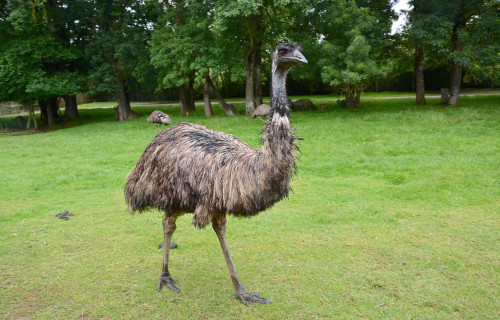
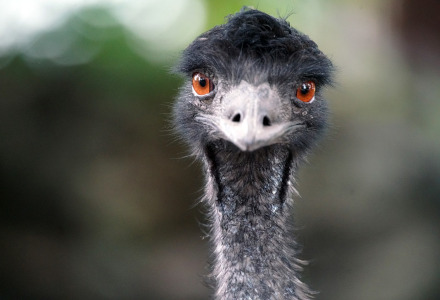
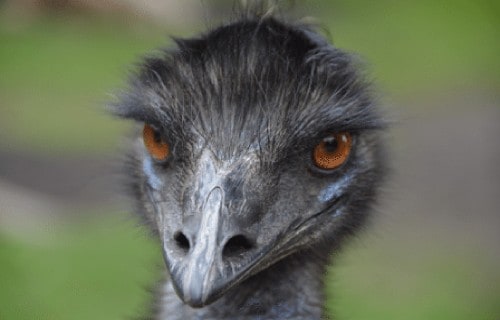
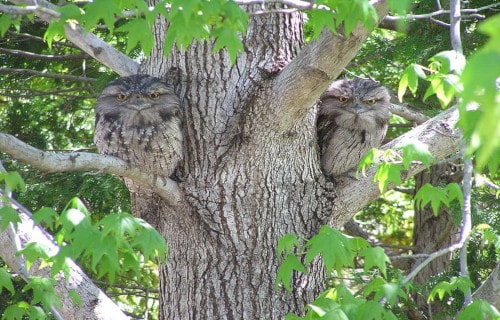

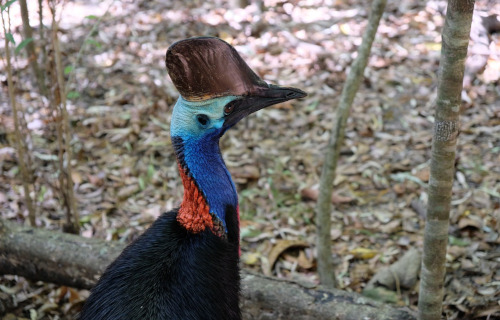
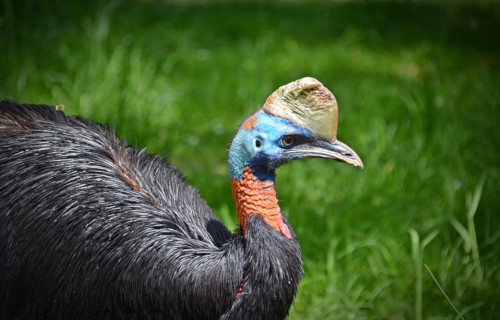
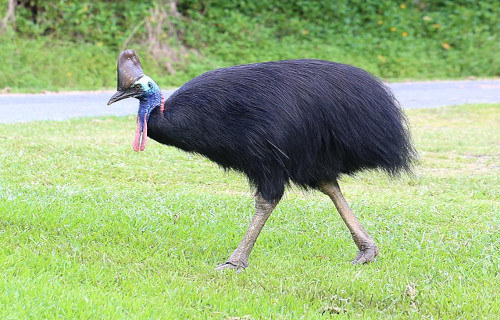









Leave a Reply